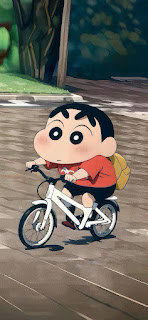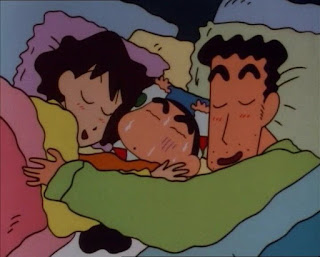Story of Shinchen Nohara.
The heart of "Shinchan" lies in its memorable and eccentric cast of characters, each contributing to the show's charm and humor.
Misae Nohara: Misae, Shinchan's mother, is a hardworking and patient homemaker. Her struggles to manage the household and cope with Shinchan's antics form a significant part of the show's humor.
Hiroshi Nohara: Hiroshi, Shinchan's father, is portrayed as a salaryman who often finds himself entangled in bizarre situations. His character reflects the challenges of balancing work and family life, a theme that resonates with many viewers.
Himawari Nohara: Himawari, Shinchan's younger sister, adds a touch of innocence to the chaotic Nohara household. Her presence often highlights the contrast between the siblings and provides additional comedic opportunities.
Shinchan's Friends: The series introduces a colorful array of friends, including the mischievous Bo Chan, the studious Nene, and the adventurous Kazama. These characters contribute to the show's diverse and dynamic interactions, showcasing the importance of friendship in childhood.
We have all watched Shinchan when we were growing up, so the name is quite familiar to us. The show was popular and still has many fans today. Everyone enjoyed the show’s jokes, even if they were a bit goofy, because they helped us feel better when we were stressed.
It’s amazing that the show is still on TV and today’s kids love it just as much. It’s popular worldwide, and you can find all sorts of Shinchan items like toys, clothes, and even magazines. But, there are many versions of the real Shinchan story, and it’s hard to know which one is true.
The beloved comic character has a more complex story than what we see. Even though everyone adores the character, only a few know the real Shinchan story.
Shinchan, who’s super famous all around the globe, first popped up in a Japanese magazine called Weekly Manga Action. It was Yoshito Usui, a manga artist, who brought Shinchan to life in this series. The magazine was put out by Futabasha and Shinchan became a hit in no time.
The series kicked off in 1990. But it had to end on a sad note on September 11, 2009, when Usui had a terrible accident and fell from Mount Arafune.
But guess what? Shinchan wasn’t gone for good. In the summer of 2010, some of Usui’s work that hadn’t been seen before was found. And just like that, Shinchan was back in a new series called “New Crayon Shin-chan”.























